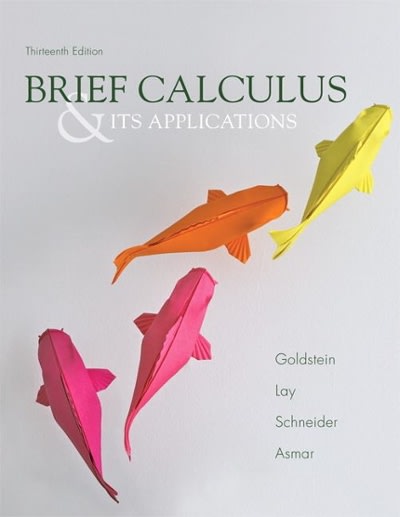Hi I need help on my activity, I'm having a hard time to do it. Below is the questions and the references of it. I hope that you can help me and I will highly give you a good feedback for it Thank you
Problem 1
WHF'WPP'P!' Hypothesis Testing: P-value Approach Steps in vaothesis Testing with Respect to a Pvalue Approach Formulate hvpotheses {Ho and Ha} Set level of significance (It) Determine the test to use [Z or t-test) State the decision rule Compute for test values Determine the p-value Compare pvalue with a State conclusion. Example Bryan administered a mathematics achievement test to a random sample of SO graduating pupils. The sample mean is 90. The population parameters are ,u=33 and a: 15. At significance level of 5%, is the sample above average? 4. Make a decision Since p-ualue(0.0011534} c o (0.05), we reject Ho. 5. State a "real world" conclusion There is evidence that the proportion of all World Campus STAT 200 students who are women is greater than 0.50. End of Lesson \fSolution 1. Formulate hvpothesis Ho: p. = E Hmpe 2. Set level of significance o = 1-D.95=D.05 3. Determine the test to use Use one-tailed t-test since the population variance is unknown and n ttab = ta/2(n-1). (two-tailed test) Otherwise, fail to reject Ho. Ha: ul > ulo Reject Ho if to > ttab = tan-1). (one-tailed test) Otherwise, fail to reject Ho. Ha: ul 0.50 2. Calculate the test statistic sample statistic - hypothesized parameter test statistic = - standard error 284 501 )-0.50 0.567-0.50 = 3.045 0.022 0.022 2ND SEM 3019 2030 | COLE | ELARA BAUTISTA 3. Determine the p value Distribution Plot Normal, Mean-0, S:Deva1 We can find the p value by constructing a standard normal distribution and finding the area under the curve that is more extreme than our observed test statistic of 3.045, in the direction of the alternative hypothesis. In other words, P(z>3.045): Our p value is 0.0011634Engagement 2. It is known from the records of the city schools that the population standard deviation of mathematics tests scores on the XYZ test is 5. A sample of 200 pupils from the system was taken and it was found out that the sample mean score is 75. Previous tests showed the population mean to be 70. At 5% significance level, is it safe to conclude that the sample is significantly different from the population?If population variance is known f-# E: a. E Where: a: = sample mean ,u = population mean or = population standard deviation n = sample size Possible Decision Rules Alternative | Decision Rule Hypothesis Ham #32:: Reject Ho if IZcI >Zas=Zm. [two-tallied test} Otherwise, fail to reject Ho. H3: 1\" :s #0 Reject Ho if 2: > Ztab = Zn. {one-tailed test] Otherwise, fail to reject Ho. Ha: p .1 pa Reject Ho if Zc c {as = '21:. [one-tailed test} Otherwise, fail to reject Ho. Example A researcher used a developed problem solving test to randomly selected 50 Grade 6 pupils. In this sample, the mean is 80. The papulation mean is 75 and the population standard deviation is 15. Using a 95% confidence level, does the sample mean differ significantly from the population mean? Can the sample be considered above average


















